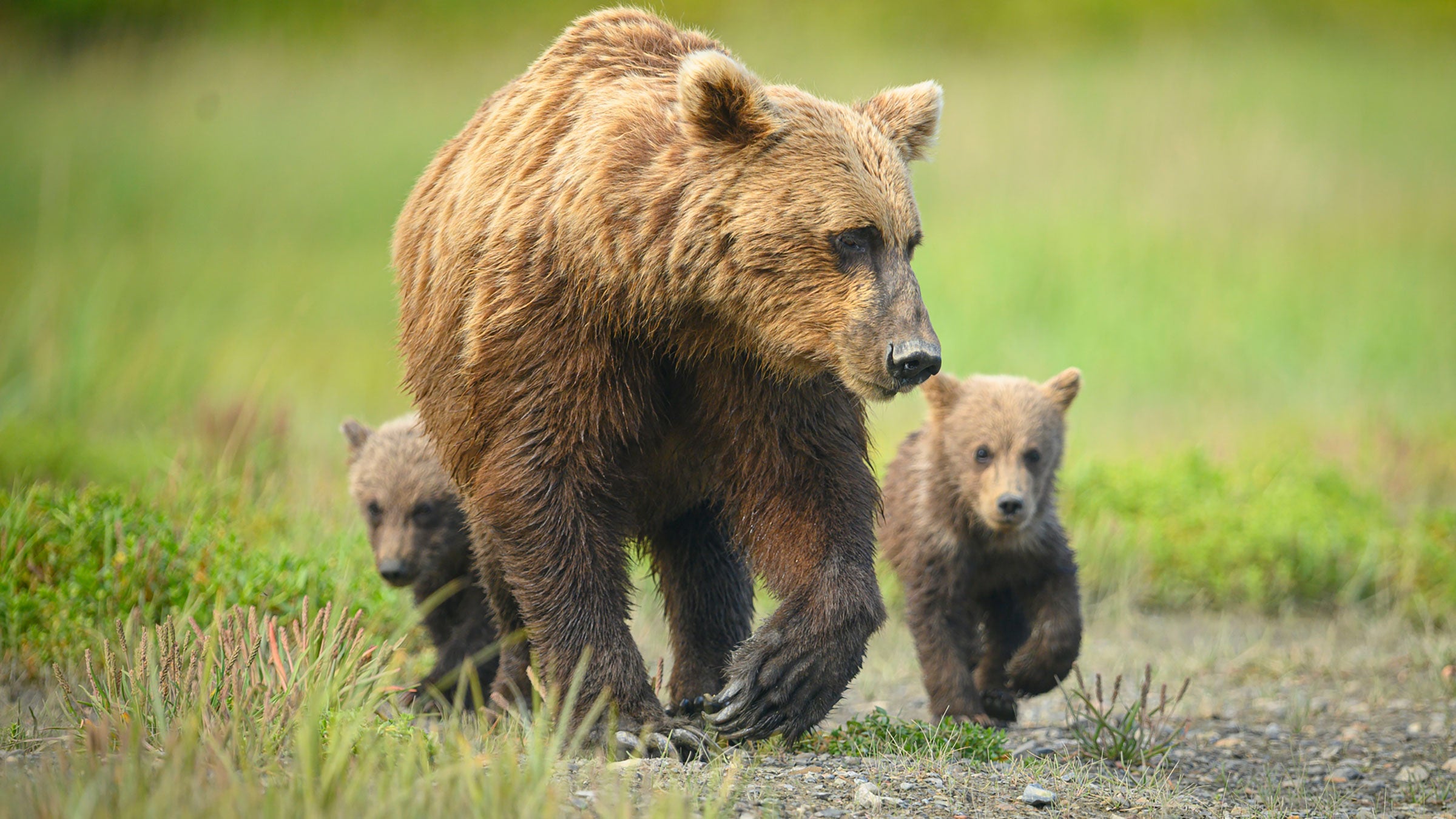The National Park Service and U.S. Fish and Wildlife Service , restarting a process the Trump administration halted seven years ago, the federal government said on Thursday.
In a press release, the NPS said that the agencies would evaluate several potential plans for reintroducing the animals, including designating the bears as a 10(j) experimental population. According to a USFWS fact sheet, that label would list the new population of grizzly bears as threatened and would give land managers wider latitude by relaxing certain rules designed to protect them.
“This is a first step toward bringing balance back to the ecosystem and restoring a piece of the Pacific Northwest’s natural and cultural heritage,” said Don Striker, superintendent of North Cascades National Park. “With the public’s help we will evaluate a list of options to determine the best path forward.”
Grizzlies roamed the North Cascades for thousands of years until the 1800s, when trapping and hunting reduced their numbers below viable levels; according to the NPS, most of the bear population was destroyed by the 1860s. , though people occasionally still spot them in British Columbia’s Cascade Mountains.
The two agencies began researching the possibility of reintroducing grizzlies in 2015; in 2020, however, the Trump Interior Department terminated the process without offering a public explanation, sparking a lawsuit from the Center for Biological Diversity. According to the NPS, the new process will restart from the beginning rather than picking up where the last one left off.
The most likely scenario for reintroducing grizzlies to the North Cascades would see the NPS and USFWS relocate captured bears from the Rocky Mountains or Western Canada to the ecosystem over the course of five to ten years, releasing as many as seven bears per year.
Local and national environmental groups have praised the decision. In an emailed press release, Joe Scott, international program director for Conservation Northwest, said that the announcement “ushers in an exciting chapter for grizzly bear restoration in the North Cascades.”
“After 30 years of analyses, process and discussions we have a clear way forward,” he said. “It will take decades to do so and we’re confident that grizzly bears will thrive here just as they do in other wild places and parks, which have served as a model for the rest of the world.”
(R-WA), whose district includes part of the North Cascades ecosystem, welcomed the Trump administration’s termination of the reintroduction process in 2015. In a news release on Thursday, he criticized the decision to restart it and urged the Biden administration to consider local input.
“The introduction of grizzly bears into the North Cascades would directly, and negatively, impact the people and the communities I represent,” Newhouse said. “My constituents and I have consistently opposed proposals to do so under multiple administrations because introducing an apex predator to the area would threaten the families, wildlife, and livestock of North Central Washington.”
The North Cascades are in the U.S., spanning 9,000 square miles of mostly federal land. North Cascades National Park, located roughly at its center, was the least-visited national park in the contiguous 48 states in 2021.


